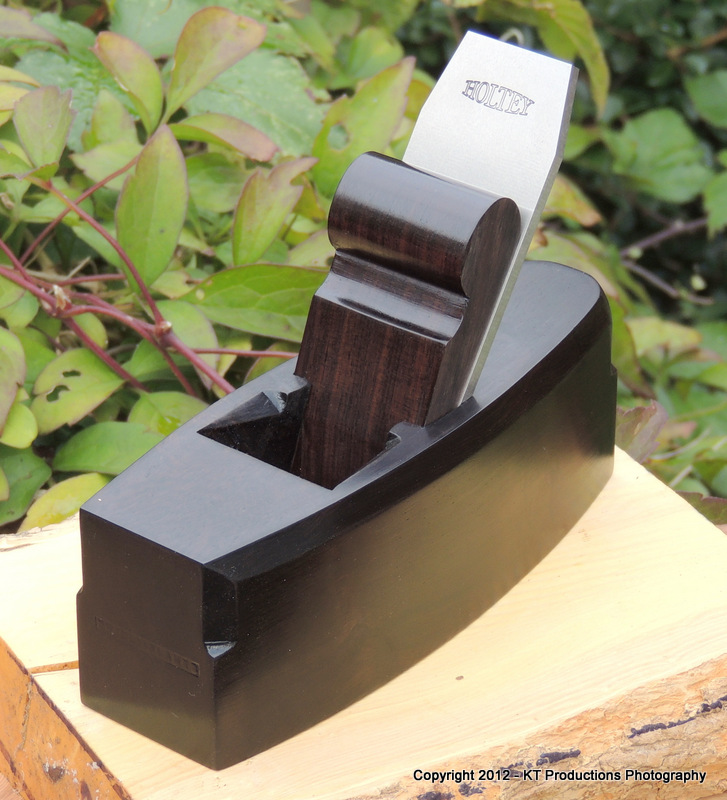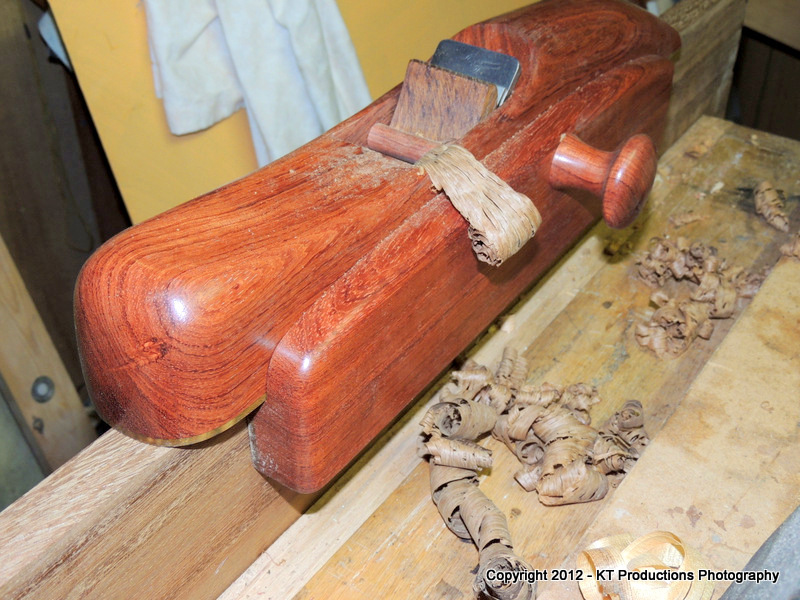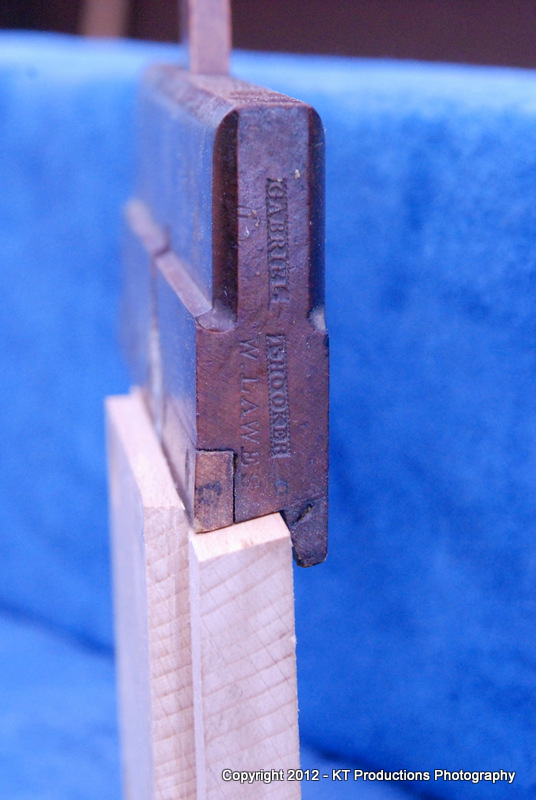I'm going to resurrect this topic--strange that google brought it to me when I was looking for 18th century plane eyes not too long ago, and then again today when I was looking for pictures of a stanley 8.
Larry's planes shown above are lighter than most double iron planes of the same size (a try plane would be closer in weight to his jointer), and what I found of a plane that wasn't totally dried up is that the 22-24 inch try/long plane that would parallel a stanley 7 is somewhere around the same weight. I have had them as light as 6 pounds 6 ounces, and some closer to 8.
When I make a plane in the same dimensions as the old try planes with a 2 1/2 inch wide iron, they are always between 7 and 8 pounds, depending on the density of the billet that's used.
Less fatigue with the wooden planes has always been about friction more than toe weight, as I've not done more with a stanley in use other than lift it to reduce iron wear a little - never totally off of a piece.
A topic of interest to me because making wooden planes was something that ended up on my bench because I wanted to ditch my power tools for the most part, and using a lie nielsen jointer or a stanley 8 to do a lot of face jointing is an uninviting task unless you stop constantly to wax.
I surveyed the weights of planes carefully before starting, just out of curiosity. I had a 21 inch chapin plane that weighed close to 9 pounds, and I still don't know why. I guess someone repeatedly oiled it (it was beech with a 2 1/2" iron). It was undesirable to use. Also had a 28 inch J. H. Lamb jointer (2 1/2" iron) that was otherwise a nice plane, but it was over 10 pounds (also beech) whereas another make (can't remember) that had a 2 3/4" iron was about 8 1/2 pounds. In heavy work with that iron width, it actually felt a bit light - especially after using the lamb.
The first double iron plane that I made was a 28" jointer, and it came out at 10 pounds.
(all of the planes I've mentioned are double iron, and the handles are not quite as close to the back of the iron because they are common pitch. AS a counter to the opinion that the plane should rise up without being toe or heel heavy, the hand position that requires that has never been very favorable to me because it puts the mouth further back on the plane, and in use, it feels less like it's at the front of your hand, and more like the mouth is operating under your armpit, so to speak - that's undesirable in heavy work).
I would assume there is plenty of merit to the later double iron format as it cost more to purchase, but eliminated single iron planes on an economic basis (in that you could do a greater volume of work over a period of time).








